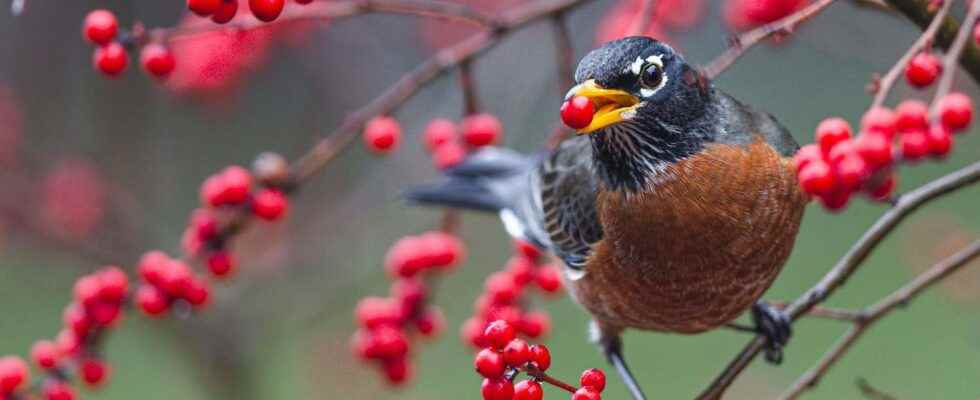Many plant species depend on animal species to disperse their seeds. The disappearance of bird and mammal species thus threatens the survival of plant species throughout the world.
Terrestrial plants do not move like animals can. mobiles. They are therefore forced to develop according to the environmental conditions in which they are established and whose characteristics can change quickly and drastically. Within a plant population, that is to say a set of specimens of the same species living in a specific area, the individuals do not all share the same genotype.
Within a plant population, individuals do not all share the same genotype
This characteristic constitutes one of the components of biological diversity and is one of the aspects allowing the survival of populations and species. Indeed, in the case of terrestrial plants, if theenvironment is changed, some individuals will be able to acclimatize to the new environment thanks to alleles that allow them to tolerate these new conditions.
Individuals who exhibit this plasticity advantageous phenotypic will thus be able to reproduce and the next generation will be enriched by individuals presenting these alleles, while the disadvantaged individuals will disappear from the population.
Plants that move with animals
In addition to phenotypic plasticity, the survival of a plant population and species depends on its ability to disperse through seeds and to colonize new environments, possibly more favorable to their development than the environment of the parental individuals. However, more than half of plant species depend on animal species to disperse their seeds.
In a context of climate change more and more publicized, studies estimating the consequences of loss of animal diversity on the survival of plant species remain rare and are generally, for practical reasons, carried out on a small scale. A meta-analysis bringing together the results of more than 400 field studies has been published on this subject in the newspaper Science.
She shows that the disappearance of birds and mammals that disperse seeds caused a 60% decrease in the ability of plants to adapt to environmental changes. The dispersal of these seeds is in fact carried out by the consumption of fruits and the deposition of excreta in other areas as well as by the transport of nuts to new places.
In this global study, the authors indicate that the loss of seed dispersal capacity was already very significant, particularly in the temperate regions of Australia, North and South America and Europe. They also indicate that the disappearance of only a few percent of bird and mammal species caused a 95% reduction in the dispersal ability of plants in a climate change context.
Interested in what you just read?
.
fs11
